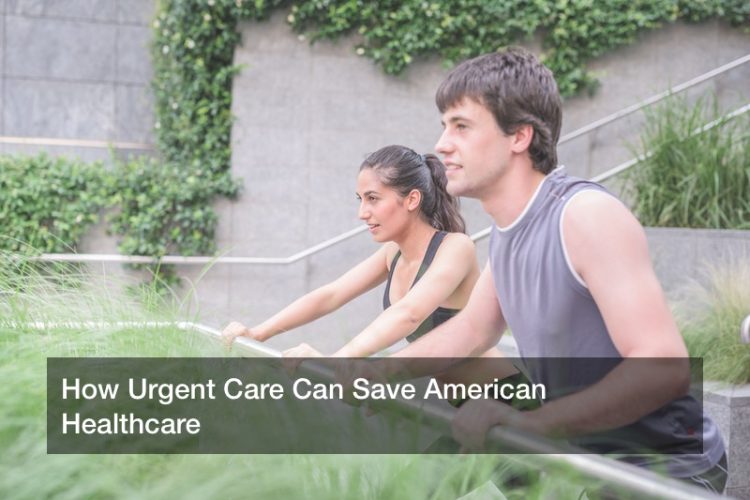
Urgent Care clinics have become quite a necessity in recent times. Society requires the most out of everyone, often leaving little to no time for extended medical visits. Most times we need quick, reliable medical attention for easily treatable ailments, the ability to meet demanding schedules, and maintain the same amount of compassion and professionalism without an inflated cost. Society requires the most out of everyone, often leaving little to no time for extended medical visits. Most times we need quick, reliable medical attention for easily treatable ailments, the ability to meet demanding schedules, and maintain the same amount of compassion and professionalism without inflated cost.
What Is Urgent Care?
Urgent care is an alternative medical service that focuses on providing ambulatory care outside of a traditional emergency room. Urgent care centers are used for non-immediate care to treat injuries and illnesses such as colds flu, sprains, X-Rays, stitches, minor infections and wounds, and bruises. Statistics account for approximately 3 million patients who visit urgent care for flu, colds, or any related symptoms, as reported by the Urgent Care Association of America. Additionally, urgent care provides personalized care with doctors that are accessible throughout nearly eighty-five percent of urgent care centers. Urgent care is open seven days a week with online appointment-making options available.
What Does Urgent Care Cost?
Medical expenses are a constant worry for most, and the decision to receive treatment in an ER is the main reason why. The CDC reported more than 136 million visits to the ER in 2012 that were entirely avoidable, and more than 75 million people stated they have financial problems from paying off medical debt. Walk-in clinics and medical clinic centers aim to lessen the pressures of medical bills by making affordable care for patients while effectively treating many ailments, diminishing the need for a visit to the ER. Urgent care costs vary depending on insurance, but it is considerably less than visiting an emergency room at about an eighty percent decrease.
